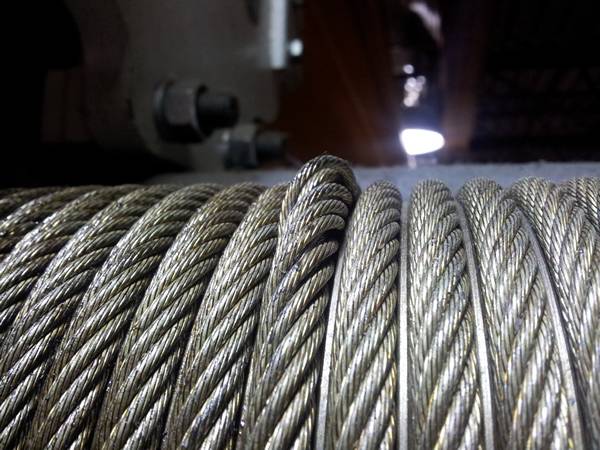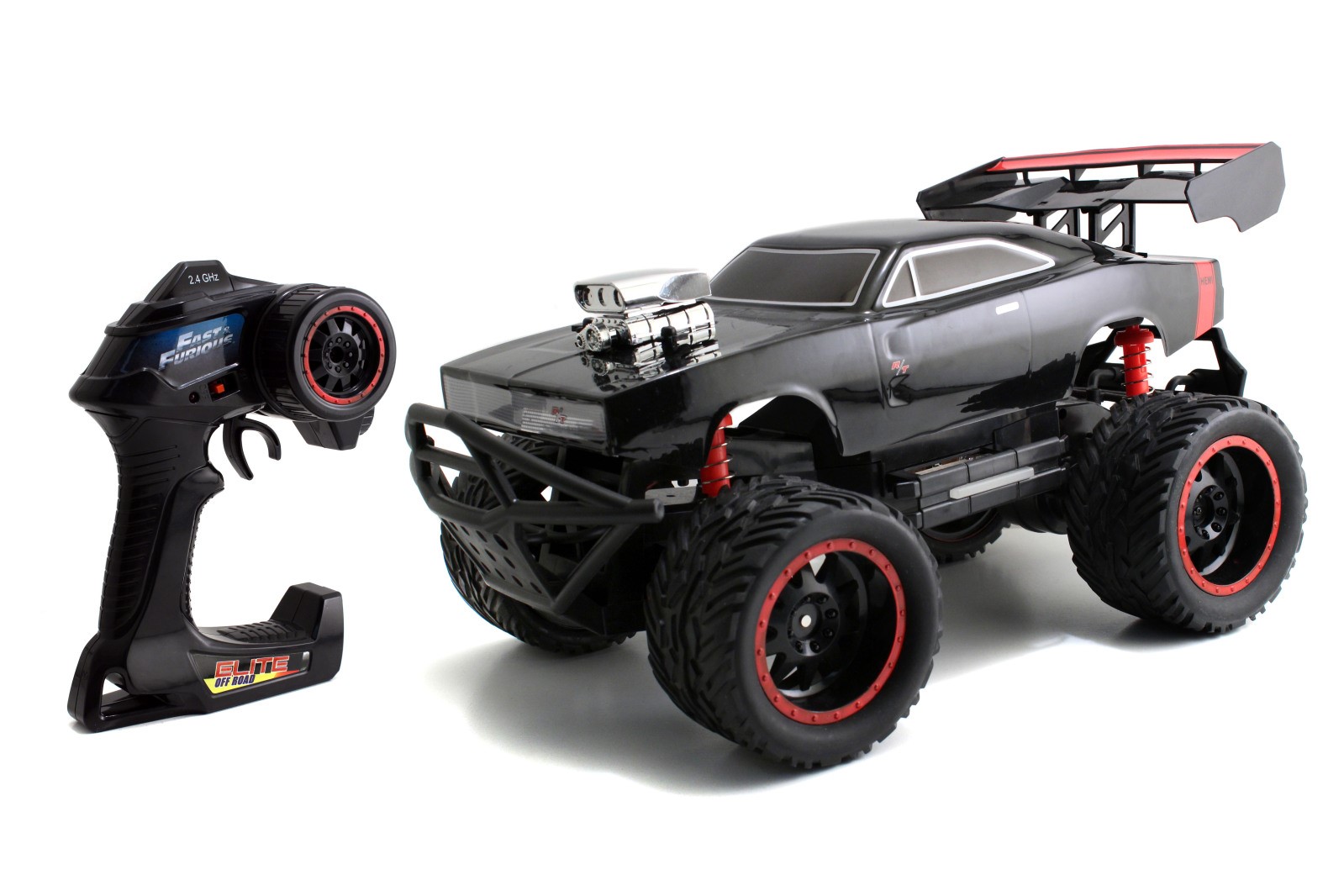Wire rope, also known as cable or wire cable, is an assembly of metal wires twisted into a helix forming a flexible rope. As per experts in the field like ViperWrl wire ropes are found in a wide variety of lifting, pulling and anchoring applications such as elevators, cranes, rigging, mining equipment, ships, cable cars etc. Proper lubrication is essential for wire ropes to function safely and efficiently. So what is the role of wire rope lube?
Wire Rope Composition
While they may look simple, wire ropes have a complex internal structure. Individual wires, usually made of high-carbon steel, are first twisted into strands. Multiple strands are then twisted around a textile or steel core to form the complete wire rope. The most common configurations include 6 strand around fiber core and 6 strand around a steel core. The core provides support while the strands give the wire rope strength and flexibility.
Friction and Heat
When under load, individual wires and strands rub against each other as the wire rope bends and unbends over sheaves and drums. This generates friction and heat. High loads can produce localized temperatures high enough to negatively alter the metallurgical properties of the wires. This internal wear damages the rope even if no visible distortions are present yet.
Why Lubricate
Wire rope lubricant forms a protective barrier between the internal components of the wire rope. This has several important benefits:
- Prevent Wear: By reducing friction, wire rope lubricants minimize wearing between wires and strands. This greatly increases the service life of the wire rope. Unlubricated wire ropes may need to be replaced 2 to 4 times more frequently compared to properly lubricated ropes. This reduces costs and downtime.
- Prevent Corrosion: Lubricants also displace moisture from the wire rope and coat the wires and strands with a protective barrier. This prevents corrosion and rusting inside the wire rope even when operated in wet environments or washed. Internal corrosion dramatically accelerates wear even if the rope looks fine on the outside.
Types of Lubricants
There are a variety of lubricants available for wire rope applications, each with their own advantages and limitations:
- Oil-Based: Petroleum-based lubricating oils provide excellent corrosion protection and penetration into the core of the wire rope. However, oil lubricants can drip or spin off at high speeds. Cable oils require more frequent reapplication than other wire rope lubricant types.
- Grease: Greases are made by thickening oil with soap to form a stable consistency. Wire rope grease stays on better than oils and generally requires less frequent application. Greases have more limitations at both high and low temperatures so work best for moderate temperature applications.
- Wax: Wax-based lubricants provide tenacious adhesion to all components of wire rope exposing them to moisture. They also penetrate well into the wire rope core. The downside is wax tends to crack in cold climates which impacts performance.
- Dry Lubricants: Dry lubricant coatings like molybdenum disulfide or graphite powder minimize collect dirt but they lack the staying power and corrosion protection of wet lubricants unless frequently reapplied. Dry lubes perform best on smaller diameter wire ropes.
Application Methods
Choosing the right method to apply wire rope lubricant is also key to success:
- Manual: The simplest approaches involve brushing, spraying or dripping lubricant onto the rope above the entry to the winding drum. This allows lubricant to be forced into the rope as it passes through the sheaves/sprockets and gets compressed under load. Since much of the lubricant will spin off at high speeds, manual lubrication requires frequent reapplication.
- Automated Systems: More advanced systems allow continuous pumping of lubricant to cable drums, sheaves and additional injection points. They deliver a precise shot of lubricant each time the rope makes a complete revolution. Automated systems lead to less waste, more consistent lubrication and greatly reduced manual labor.
- Inspection and Re-application: The lubricant retention ability should be confirmed via a visual inspection after initial application. How quickly the lubricant flashes off under working loads determines optimal re-lubrication intervals. Environmental conditions also impact this. Re-apply as needed before wires are visible through thin areas of lubrication.
Conclusion
Wire rope lubrication serves the vital functions of lowering friction induced wear, preventing internal corrosion and protecting the complex assembly of wires and strands from environmental exposure and debris accumulation. Properly lubricated wire ropes demonstrate dramatically extended service life and safety compared to unlubricated ropes.
Matching lubricant characteristics, application methods and re-lubrication intervals to the unique loads, speeds and temperatures of each application ensures success. Consistent inspection paired with wire rope maintenance best practices delivers superior outcomes and return on investment. Leveraging the right wire rope lubricant keeps cable lift systems functioning safely and optimally.











